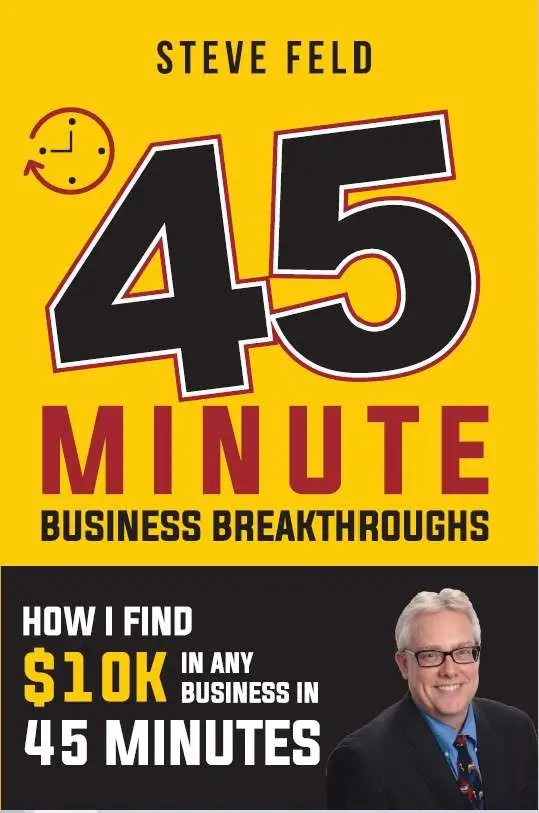Nobody likes getting rejected. We have all experienced rejection many times in our lives and we do try to avoid it as much as possible. Just like in high school, having the person you had a crush on rejected your offer to go to the dance-it happened so fast and you don’t know why. Being in business is different than being the captain of the high school football team or head cheerleader. Your prospects are rejecting your offer for things you are doing and may not realize you are doing. By being aware of all those little ways you put off your customer, you can avoid them and work on becoming a better, more approachable salesperson. Stay away from these four damaging sales interactions that can end up sealing your sales fate with a customer’s 180-degree turn straight for the door.
- Focusing on price instead of VALUE:
This is probably the biggest mistake many salespeople make is ignoring the difference between price and value. Most salespeople think they are the same thing-they are NOT. If you offer a customer a product that solves a distinct problem and it’s something, they have been trying to find for quite some time, that item price and value will probably be very high. When their needs are met, price tends to matter more to lose the sale. I.E. if you are stuck in the desert with no water for 2 days and you come across someone selling water. Price will not matter to purchase the water. But, if someone has a case of water in their hand and you are trying to sell them more water, value will matter more.
If you push a product that has little to no benefit, your customer is bound to walk out of the store empty-handed regardless of the price and that is bad news for both of you. You’re more likely to annoy them out of buying something they might actually want than to make a sale when you push items that have no value to them. This will leave your customers frustrated and destroy their loyalty to your brand.
Keep WIIFM in mind. What’s In It For Me? The me is the customer. If you are too busy selling you and not solving their problem, then the Me on the wrong person.
- Avoiding the budge conversation:
Speaking of price, you should never start pushing a sale until you’ve addressed the customer’s budget. Sure, it can feel a little awkward; but until you know what a customer is can and is willing to spend, your tried-and-true sales tactics won’t do any good.
Think of your customer’s budget as a map. It can point you in the right direction as you promote various products, and it can help them find what they’re looking for at a price point that makes sense. Of course, there will always be opportunities for upsells, add-ons, and showcasing higher-priced products; but unless you know where your customer stands on budget, you’ll have a hard time selling them.
If you push the customer too hard on an item that’s above their price point, it could lead them to skip a sale altogether. Or worse, take the sale to another retailer. And the last thing you want is your customers’ loyalty shifting to someone else!
- Being impatient about getting to the checkout:
A salesperson who runs to the cash register before the customer has actually committed to a purchase is always a red flag. Doing these signals to the customer that you don’t actually care about what they need, just about ringing the till.
Read your customer’s body language and verbal cues to get a sense of where they are in the sales process. Sure, most customers require a bit of coaxing and warming up before they’ll let you into their circle. But the sooner you can start building trust, proving that you’re there to help and not to force a sale, the better off you’ll both be. As soon as that trust is built and you can show them what value a specific item will bring them, you won’t have to drag them to the cash register kicking and screaming.
- Letting ‘no’ be the final answer:
It’s easy to let ‘no’ be the final answer. However, checking in with the customer a second time might magically turn that ‘no’ into a ‘yes.’ You don’t want the customer to live happily ever after with someone else’s product, right? Of course not. So, put on your big kid pants and ask for the sale again.
In sales, a ‘no’ is rarely a cold, hard, set-in-stone ‘no’. Again, demonstrate your patience here and find out the real story. Establish rapport and you’ll usually find a way to solve their problem, encouraging them to change their answer to that one word you like much better — ‘yes’.
By sidestepping these missteps, you can ensure you don’t find yourself in a sales dilemma that ends with losing a sale, or even a customer. Avoid the above interactions and instead of a lonely rejection, you’ll be enjoying the sweet success of a sale.
#
Steve Feld, MBA, provides training and business performance coaching to business owners, professionals and executives. Steve also speaks to organizations, conducts workshops and training. Focusing on the lead generation and revenue creation to get growth results for the business. Contact Steve today to see how he can assist you grow your business, [email protected], or www.bizcoachsteve.com. He is in the business of growing businesses. #bizcoachstevef #entrepreneur #smallbusiness #business #smallbiz #coaching #businessowner #businesscoach #leadership #marketing



